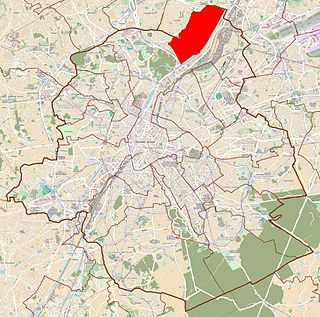
Neder-Over-Heembeek is a former municipality of Brussels, Belgium, that was merged into the City of Brussels in 1921. Nowadays, it is a northern section of that municipality, and a predominantly industrial zone, especially known for the Queen Astrid Military Hospital, which is the National Burns and Poisons Centre.

Tobias Verhaecht (1561–1631) was a painter from Antwerp in the Duchy of Brabant who primarily painted landscapes. His style was indebted to the mannerist world landscape developed by artists like Joachim Patinir and Pieter Bruegel the Elder. He was the first teacher of Pieter Paul Rubens.

The Seven Noble Houses of Brussels were the seven families or clans whose descendants formed the patrician class and urban aristocracy of Brussels, Belgium.

Guillaume Wittouck was a Belgian lawyer and High Magistrate. He was the Grandfather of industrialist Paul Wittouck and of Belgian navigator Guillaume Delcourt.
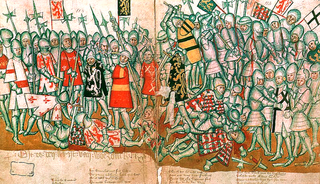
The Brabantsche Yeesten or Gestes de Brabant is a rhyming chronicle of some 46,000 verses written in the 14th and 15th centuries in the Middle Dutch language. It provides a history of the Duchy of Brabant, and the original five volumes were written by Jan van Boendale of Antwerp; his text was later extended to seven volumes by an anonymous continuator.
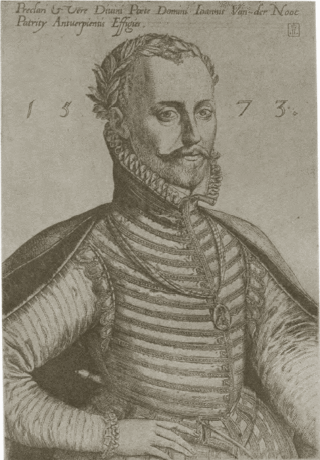
Jonker Jan van der Noot (1539–1595) was a Netherlandish writer who is regarded as the first Renaissance poet in Dutch.

Jan van Boendale, formerly sometimes known as Jan De Klerk was a 14th-century secretary of the city of Antwerp and author of narrative and didactic verse. Two of his works, Brabantsche yeesten and Der leken spieghel, are listed in the Canon of Dutch Literature compiled by the Digital Library for Dutch Literature.

Willem van Duvenvoorde or van Duvoorde (1290–1353), also known as Willem Snikkerieme, was a 14th-century nobleman and financier who served as a financial and political adviser to four successive counts and countesses of Hainaut and Holland.
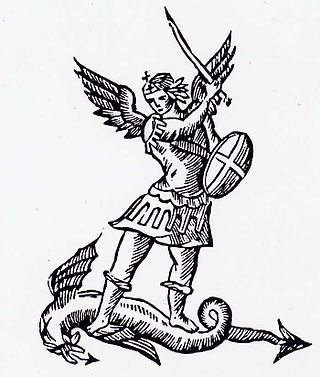
In Brussels, as in most European cities, one needed the capacity of bourgeois in order to not only exercise political rights, but also to practice a trade, which, in Brussels, meant to be a member of the Guilds or of the Seven Noble Houses. The charter of Brussels, as codified in 1570 in articles 206 and following, provided the conditions of admission to the bourgeoisie of the city. The Bourgeois were the patrician class of the city. This social class was abolished by Napoleon during the French occupation.
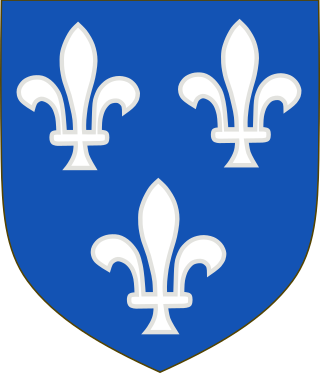
The Pipenpoy family (/pɪpɒ̃pwə/), was an old and influential patrician family of Brussels which exercised public functions in the capital of the Duchy of Brabant until the end of the Ancien Régime. It died in 1832 with Catherine de Pipenpoy, who was 100 years old. Several of its members were admitted to the Seven Noble Houses of Brussels.

The House or Lineage ofCoudenbergh or Coudenberg is one of the Seven Noble Houses of Brussels along with the Houses of: Sleeus, Serhuyghs, Steenweeghs, Sweerts, Serroelofs, and Roodenbeke.
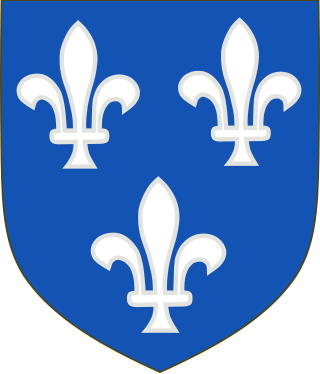
The House ofSerhuyghs or Serhuyghs Lineage is one of the Seven Noble Houses of Brussels along with the Houses of: Sleeus, Roodenbeke, Sweerts, Serroelofs, Steenweeghs, and Coudenberg.
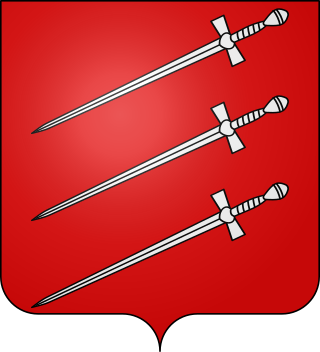
The Poot family is a family that was admitted to the bourgeoisie of Brussels and from 1753 was registered among the Seven Noble Houses of Brussels.

Wein van Cotthem was a Brussels clerk, chaplain and chronicler.
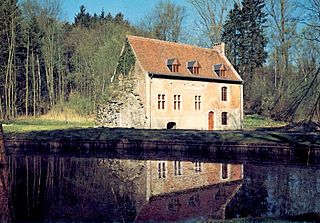
Dry Borren is a historic site in the Sonian Forest in the municiaplity Auderghem, Belgium. It was originally a hunting lodge of the dukes of Brabant, built on a site where three springs originated.
Petrus de Thimo, Latinized name of Peter van der Heyden, was a Brabantine chronicler and a lawyer employed by the city of Brussels, of which he became Pensionary in 1423. He is considered one of the most important 15th-century chroniclers of the Duchy of Brabant.
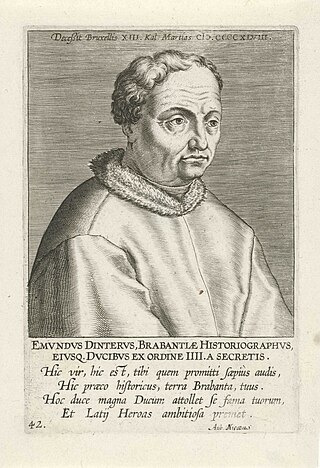
Emond Ambrosii de Dynter was a descendant of the noble family Van Dinther, originating from the village of the same name Dinther in Brabant. From 1412 he was secretary to the Brussels chancery of four successive dukes of Brabant and of Burgundy, namely: Anton of Burgundy, John IV of Brabant, Philip of Saint-Pol and Philip the Good.
















